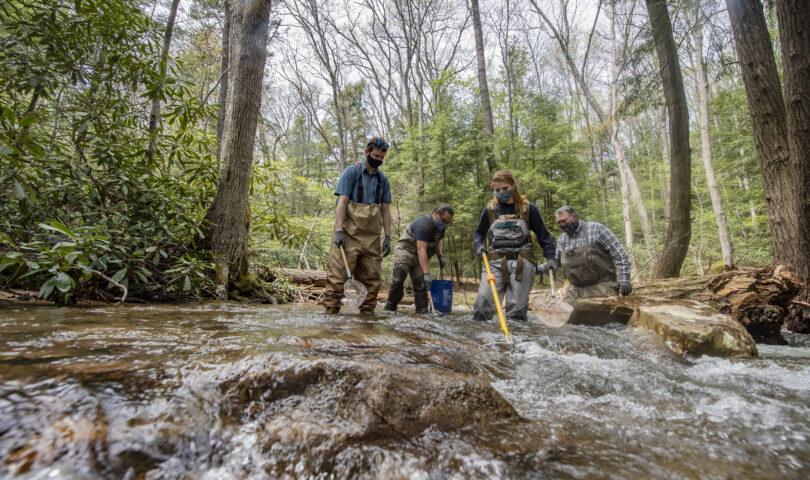WVU Today
West Virginia University received $203 million in external funding for research and other sponsored programs for fiscal year 2021, besting the previous year’s record by $8 million.
In light of the ongoing COVID-19 pandemic and other uncertainties in the higher education world, WVU continues to prevail in top-tier research activity and securing funding that enhances lives through intellectual study, said Vice President for Research Fred King.
This persistent resiliency and ingenuity, on part of the university community, solidifies WVU’s standing as an R1 institution, or very high research activity institution, as ranked by the Carnegie Classification of Institutions of Higher Education, King added.
“Our faculty and staff continue to amaze me every year in their dedication to elevating the research profile of West Virginia University,” King said. “Year after year, they help break the previous records for securing research funding.”
WVU receives funding for research from a variety of sources including federal, state, industry and private donors.
Research funding is usually obtained through a competitive process, in which projects are evaluated for quality and impact before monies are allocated. Competitions are run by government agencies, corporations and foundations.
Of the various sources, funding from the federal government level trumped others with $110 million for the fiscal year ended June 30. That is followed by state funding at $42 million and industry/other at $40 million.
The top two funding federal agencies included the National Institutes of Health, $39 million, and the United States Department of Agriculture, $15 million.
One project funded by the NIH was awarded to Dr. Sally Hodder, director of the West Virginia Clinical and Translational Science Institute, to lead a multi-state data project to examine COVID-19 outcomes, treatments. Hodder and her team received $1.5 million.
Meanwhile, in the past year, the USDA awarded a $10 million competitive grant to a team led by Jingxin Wang, professor of wood science and technology, to revitalize and reinvent marginalized lands in the Mid-Atlantic with biomass, which is growing plants to be used for energy, heat, bioproducts and other practical applications.
“Investments in improving the competitiveness of the faculty through the implementation of programs by the Research Office is beginning to yield a noticeable return in terms of the dollar value of new awards,” King said.
Overall, 1,084 proposals were submitted, with 471 receiving funding in FY ’21.
External funding at WVU has climbed steadily since 2015, with $133 million reported that year.
TWEET @DominionPostWV




